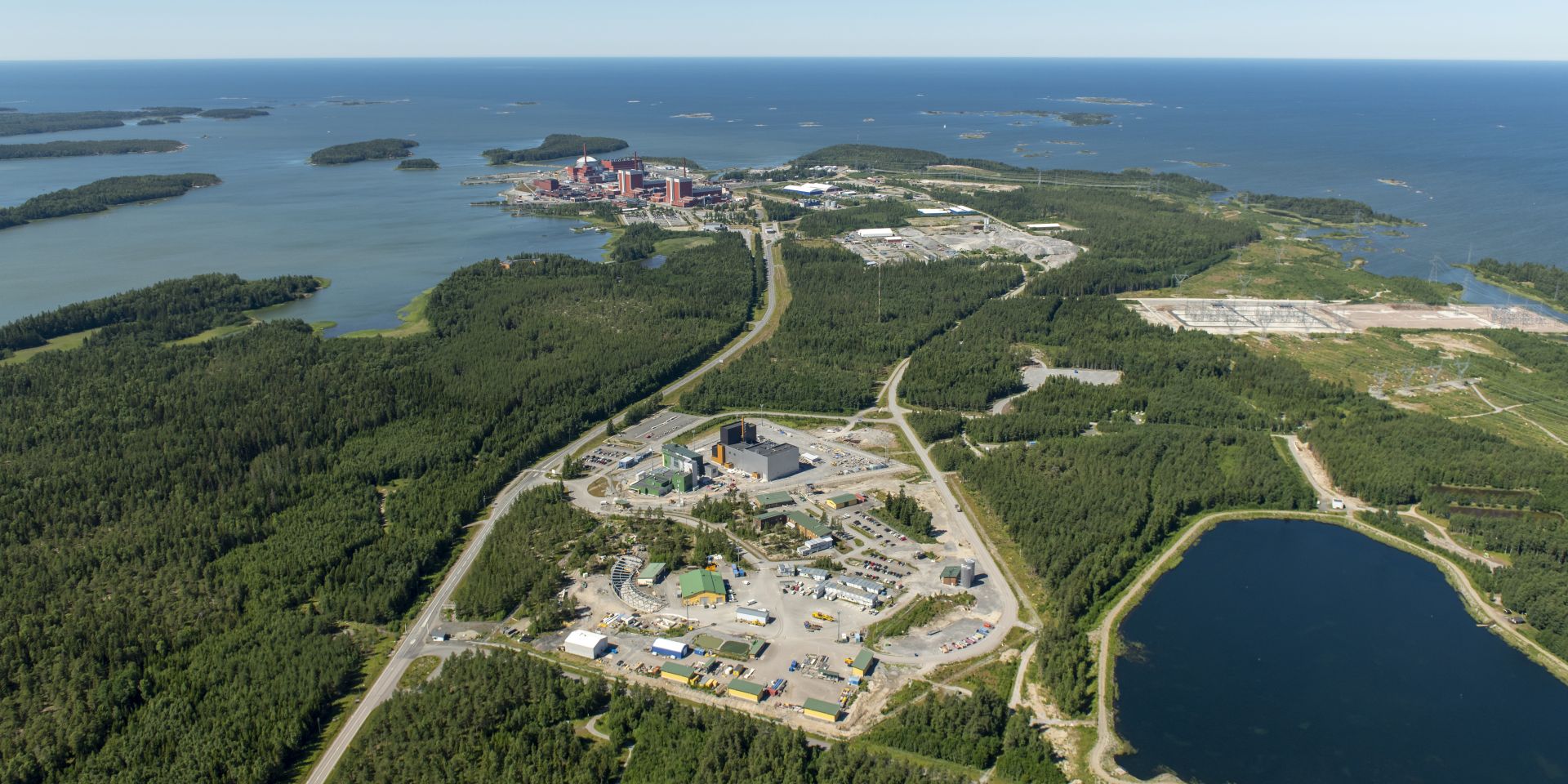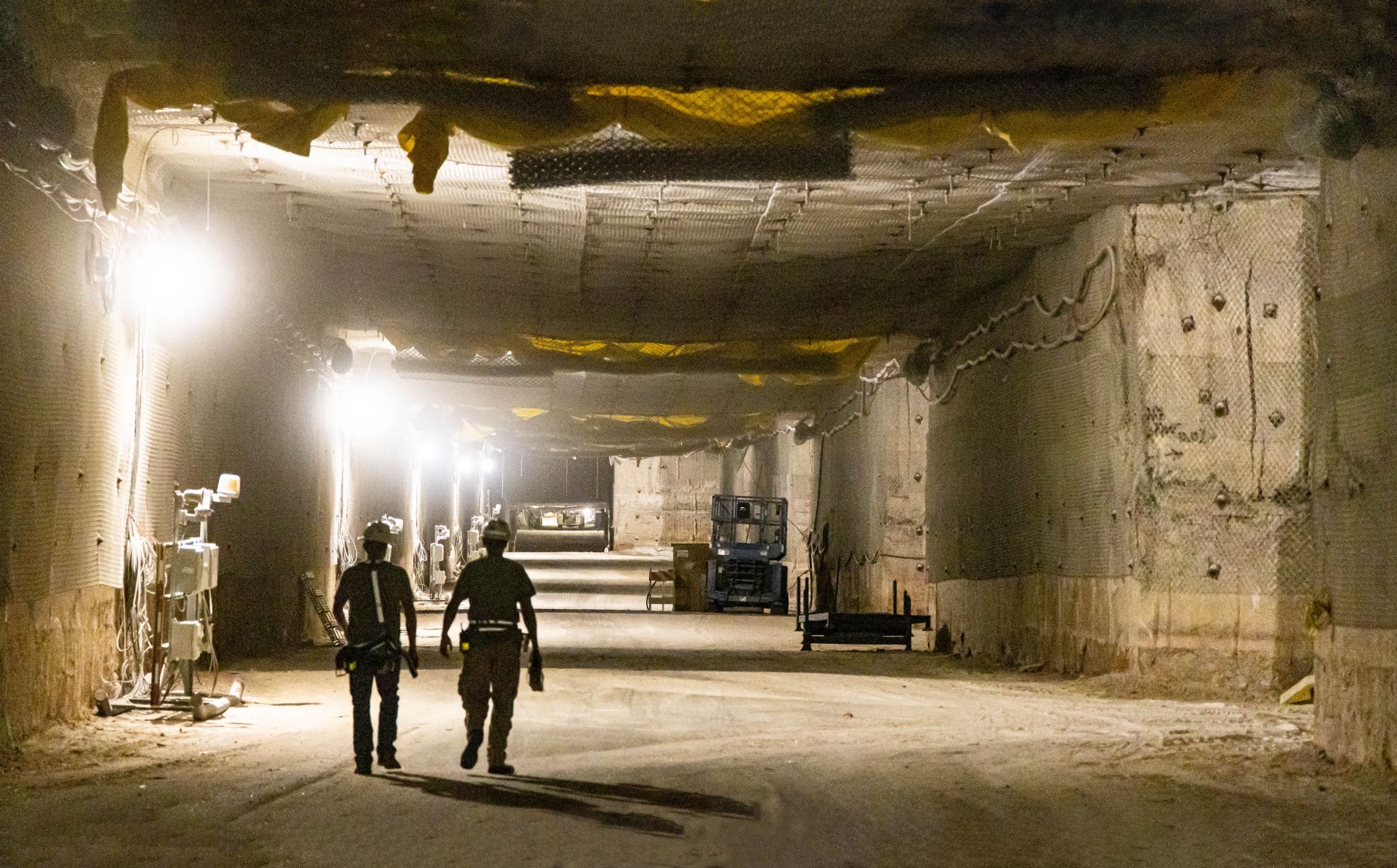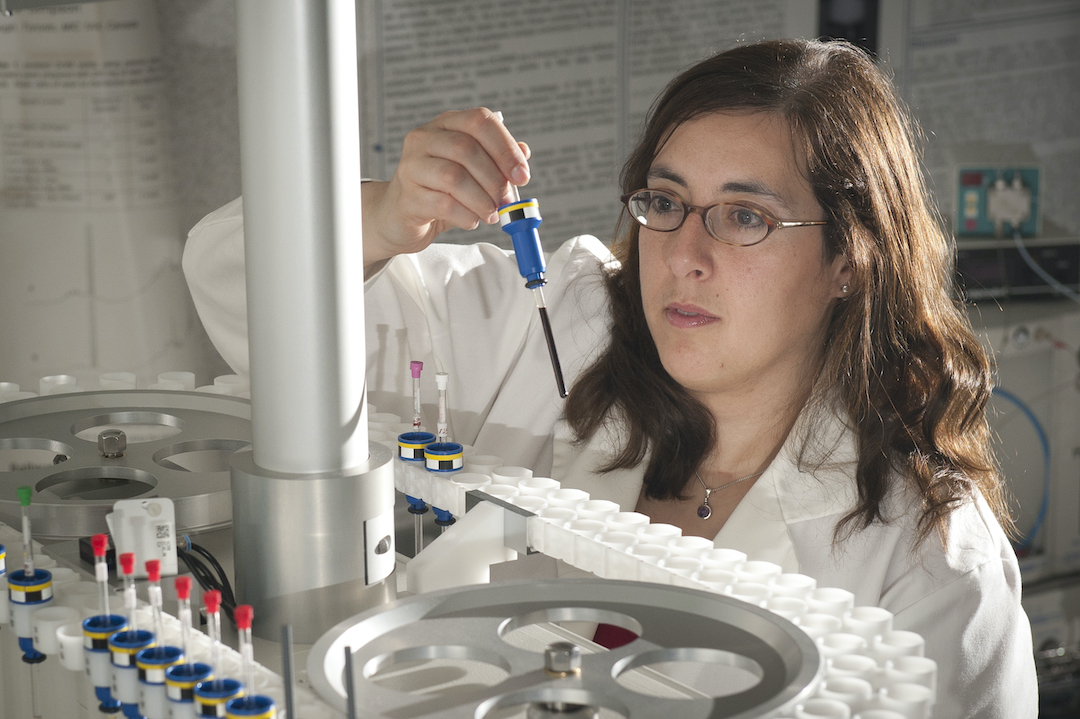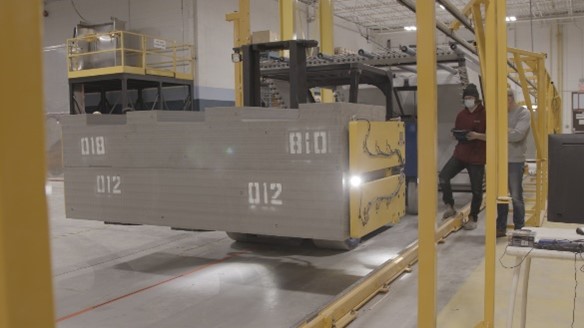Twelve orgs call on Congress to fund updates to EPA standards for permanent storage of spent nuclear fuel.
Washington, D.C. –- The American Nuclear Society (ANS) joined 11 other energy and environmental organizations in calling on Congress to fund work by the Environmental Protection Agency (EPA) to develop a new, technology-neutral, generic environmental standard for the permanent disposal of spent nuclear fuel (SNF) and high-level radioactive waste (HLW) in the United States.
March 1, 2024, 3:03PMRadwaste SolutionsEdited by Tim Gregoire. Photos courtesy of Tapani Karjanlahti/Posiva. The site of the Onkalo deep geological repository near Eurajoki in southwestern Finland with the Olkiluoto nuclear power plant in the background. In 2015, Posiva received a construction license from the Finnish government for the repository, which will be constructed to a depth of 1,300 to 1,500 feet.
The year 2024 is shaping up to be a historic one for Posiva, the waste management organization owned by Finland’s two nuclear power plant utilities, Fortum and Teollisuuden Voima. The company is looking to receive regulatory approval of its operating license for the Onkalo deep geological repository for high-level radioactive waste by the end of the year.
Two workers walk down an underground passageway at the Waste Isolation Pilot Plant transuranic waste repository in New Mexico. (Photo: DOE)
While still lacking a deep geological repository for the permanent disposal of its commercial used nuclear fuel and high-level radioactive waste, the United States does have regulatory standards for geological nuclear waste disposal.
Having been written nearly 40 years ago, however, those standards are outmoded and lack transparency, according to a special committee of the American Nuclear Society, which has released draft recommendations on revising public health and safety standards for future geological repository projects in the United States.
An illustration of Switzerland’s proposed deep geological repository. (Image: Nagra)
Nagra, Switzerland’s national cooperative for the disposal of radioactive waste, has announced that it has selected Nördlich Lägern as the site for a deep geological repository for radioactive waste. According to Nagra, extensive investigations have shown that Nördlich Lägern, located in northern Switzerland near the German border, is the most suitable area for a geologic repository with the best overall safety reserves.
Ontario’s South Bruce area is being considered as a potential host site for a spent fuel repository. (Photo: NWMO)
Canada’s Nuclear Waste Management Organization (NWMO) is shifting the timing for selecting a preferred site for a spent nuclear fuel repository to the fall of 2024, a full year later than previously planned. The NWMO, a nonprofit organization tasked with the safe, long-term management of Canada’s spent fuel in a deep geological repository, said the delay is the result of several provincial lockdowns associated with the COVID-19 pandemic.
Myrna Simpson conducts molecular biogeochemistry research at the University of Toronto Scarborough. (Photo: Ken Jones/University of Toronto)
Researchers at three Canadian universities are studying whether bentonite clay—used as an engineered barrier in Canada’s proposed deep geological repository—can support sulfide-producing microbes that can eat away at the canisters containing spent nuclear fuel.
A modified forklift with a customized handling attachment is used to move spent fuel containers and their heavy bentonite clay housings. It can move autonomously or be manually operated remotely from outside the room, as needed. (Photo: NWMO)
Canada’s Nuclear Waste Management Organization (NWMO) has announced that it has successfully completed a full-scale demonstration of the engineered barriers that are designed to contain and isolate Canada’s spent nuclear fuel in a deep geological repository.








 The International Energy Agency’s newly published in-depth review of Canada’s energy policies, the first since 2015, urges the nation’s government to take more action in support of nuclear energy.
The International Energy Agency’s newly published in-depth review of Canada’s energy policies, the first since 2015, urges the nation’s government to take more action in support of nuclear energy.